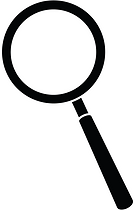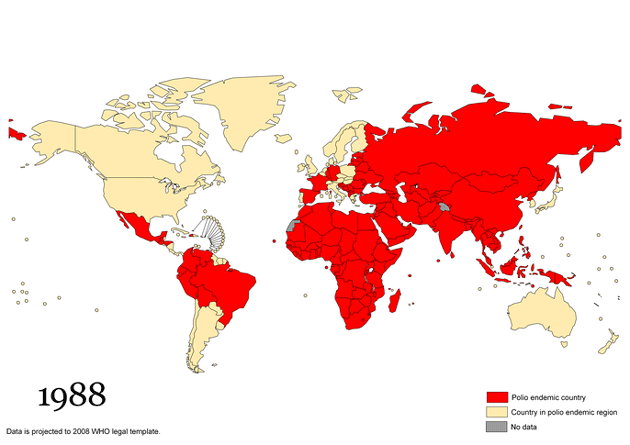


Epidemiology: Disease Detectives
What is epidemiology?

[Home Page (Image) Citations 1, 2, 3

Mosquitoes are vectors for Malaria. [Citation 16]

[Citation 18]

[Citation 19]

Mosquitoes are vectors for Malaria. [Citation 16]
Top 25 Most Deadly Diseases
1. Malaria
2. HIV
3. Measles
4. Leprosy
5. SARS
6. Bubonic Plague
7.Cerebrovascular Disease
8. Lower Respiratory Infections
9. Syphilis
10. Influenza A-H1N1 (swine flu)
11. Meningitis
12. Ischemic Heart Disease
13. Chronic Obstructive Pulmonary Disease
14. Tetanus
15. Avian Influenza (bird flu)
16. Ebola
17. Whooping Cough
18. Perinatal Complications
19 Diarrhea
20. Lung Cancer
21. Influenza
22. Tuberculosis
23. Yellow Fever
24. Smallpox
25. Cholera
Why do we care?
Smoking increases the chance of getting lung cancer--an obvious fact. However, this was not as obvious in the past. Within the last couple of years, thanks to epidemiologists, people in today's society know how to avoid illnesses and risky activities that may lead to diseases or its development. Today, people know that "men develop lung cancer more often than women (70.2 and 50.2 per 100,000 people respectively)." [Citation 15]
How exactly did this become common knowledge? It is thanks to epidemiologists and their research through different types of studies that health knowledge has come such a long way, with lung cancer being only one of the many diseases that they keep track of.

[Citation 14]

This graph compares the incidence rate between males and females. [Citation 15]

[Citation 14]
News
Febrary 25, 2014
Within the last 18 months, there have been about 20 polio-like cases in California. In five of these cases, five children were paralyzed in one or more limbs, all five of which have already been vaccinated against the virus. "The CDC is aware of the small cluster of cases in California but is not actively involved in the investigation...[they] don't want to alarm anyone with their case report presentation." [Ciatation 21]
Click on the video to watch the news report
Interactive Map

Disease Detectives hold the key to a better future
The Past, Present, and Future
-
5% to 20% of the U.S. population get the flu
-
More than 200,000 people go to the hospital because of the flu every year
-
Flu-associated deaths in the U.S. range from 3,000 to 49,000 people
-
As of March 7, 2014, 318 people in California have died from influenza activity (the flu) this year
-
Sacramento has had about 35 deaths related to influenza
Did you know?
The interactive map below shows the areas in which areas are at risk for certain diseases. Click on the small box next to each disease to see its range. You may drag the map around to get a better view of different areas.
Click on the video above to watch a news report on the 2014 flu season (a news report in February).

[Citation 21.6]

[Citation 21.5]

[Citation 21.6]

How has epidemiology changed within the last couple of years?
Within the last 50 years, epidemiologists have made great progress in the collection of data that allows for the development of effective strategies that help combat illness. In the 1960s, large-scale studies, such as the Seven Countries Study or the Framingham Heart Study, helped identify the main factors that lead to illness and chronic diseases. Epidemiologists, or “disease detectives”, have broaded their scope and have begun tracking non-infectious disease. An example of this would be injuries caused by different machines or asthma. A more accurate way to describe what they do is to track, find causes, and help PREVENT any deviation from normal health conditions. This transition in ideas occured in the 1930s-1940s.
Surveillance data, or data obtained through continuous observation of disease incidence, has also changed dramatically. Think about the technology and the “world-wide web” available at the click of a mouse. Today there are several organizations that record the number of cases of different diseases everyday, some of which include the World Health Organization (WHO) and Center of Disease Control and Prevention (CDC).
The Future?
Today, due to the development of different studies, such as genetics or environmental research and its effects on organisms, epidemiologic reasearch has been able to determine the influence of different genetic differences, behavior, or social/economic exposures affect the incidence of disease. Additionally, as new technology is continously developed, new advancements wiill be made in this field of study towards a more illness free world. A bright future lies ahead.
The picture below shows how changes in technology and epidemiology has reduced the number of polio endemic countries in the world.
Where did epidemiolgy come from?
Epidemiology can be described as the study of the spread, origin, and causes of of disease. In order to do so, these scientists, called epidemiologists, use specific investigation procedures. Epidemiolgy is also known as a quantitative dicipline that involves the use of research methods, experimentation, statistics, probability, and rely on a person's ability to draw conclusions that draw connections from cause to effect. [citation 4, 7]
Many epidemiologists work to provide people with estimates of how people are affected by a disorder changes over time, how different activities and factors are assocaited with specific diseases/disorders, and how it may affect society and other populations. [Citation 6]
Epidemiology dates back to 400 B.C. with Hippocrates. Centuries later, the development of elementary statistics helped pave the way for modern epidemiology. To learn more, please click here to go to the "History" page of the website.
Site Navigation
Click on the images to go to the specific page it associates with.